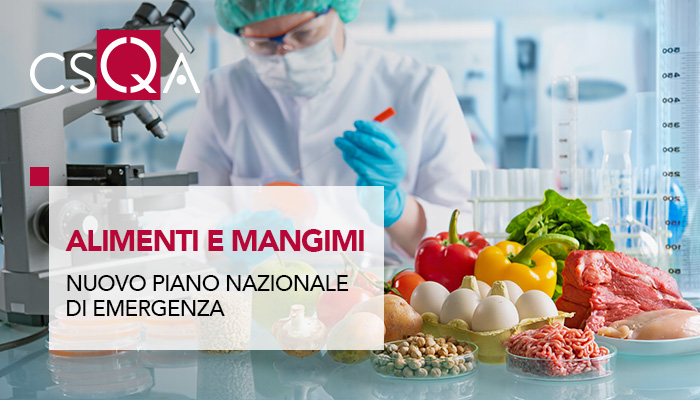
In implementation of the art. 115 of EU reg. 2017/625 on official controls, the State-Regions agreement (n. 103/CSR of 10 May 2023) on the "National emergency plan for food and feed" was published in the Official Gazette.
The Plan, as established by European legislation, sets out the measures that the Member State must apply when feed or food represent a serious direct or indirect health risk to humans, animals or the environment.
The activation of the Plan follows the identification of a biological, chemical or physical hazard in food or feed, which cannot be adequately controlled through the usual measures and involves the development of an operational strategy to ensure a rapid response to the emergency by the national crisis unit.
The national crisis unit is managed at the top by a national crisis coordinator, the Director for hygiene and food safety and nutrition (DGISAN), together with the general directorates of the ministry, the NAS, the Istituto Superiore di Sanità, the zooprophylactic institutes and the regional environmental protection agencies with territorial jurisdiction, as well as any public or private entity that it deems useful to consult.
Even the regions and provinces are required to activate a homologous local crisis unit and a homologous contact coordinator with the national level.
In order to activate the rapid risk assessment process as soon as possible, the acknowledgment of:
- abnormal incidence of cases of foodborne disease in humans or animals;
- isolation of foodborne pathogens in the human population attributable to an outbreak of infection.
- impact on health;
- potentially exposed population;
- clinical cases;
- media impact;
- economic effects on production and distribution;
- traceability of products.
The Ministry of Health , in agreement with the national reference laboratories, on the basis of technical-scientific evolution and particular epidemiological situations, identifies the criteria with which the isolates of microorganisms for which it is necessary to carry out genomic sequencing are selected.
For further information, read the State-Regions Agreement 103/CSR of 10 May 2023 . (Source: https://www.ceirsa.org /)